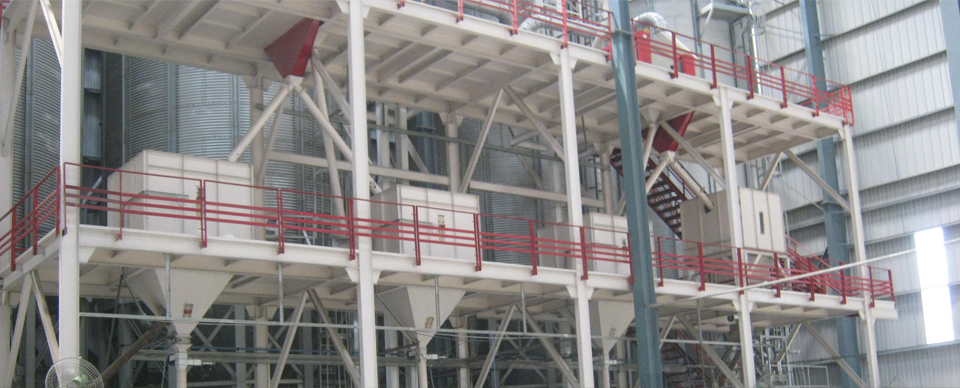Dry/uncooked grains go through a process to form Flour. It is an essential component of our food cycle especially in a country like India. It is the major component of bread which is a staple diet all across the world. Grinding and pulverizing of the cereal takes place in a process called ‘milling’ in flour mills. Wheat is the most common ingredient to make flours but other ingredients like oats, rice and corn could also be milled to get flour. There are 4 main components that make wheat flour: Gluten, Germ, Bran and Endosperm.
The major varieties of flour consumed all across India are Sooji/Rawa, Atta, Maida, Bran etc. Atta, Sooji & Maida help produce most of the staple diets meant for consumption like chapatti, sweets, and bakery-based products respectively. The bran separated after milling could be used as cattle feed.
Flour Mill Processes
The prehistoric times have witnessed Flour Milling. Obviously the methods of milling were different. The ancient methods had ‘stone grinding’ methods at their heart.
Many rural households still use the traditional techniques to grind wheat. These include a mortar and pestle (stone club), quern and the saddle stone. Another important method used in villages is a grinding functionary called ‘Dhinki’. Dhinki needs at least two people to function.
As population increased, demand also increased. People wanted better quality flours. Hence, Modern Flour Milling Machines arrived which replaced most of the traditional methods. Originating in Hungary in the late 1800’s, spinning metal rollers came into production. Over the years, scientists have innovated & developed roller mills which are faster and give high quality flours.
 MAIL US :
MAIL US :
 CALL US :
>
CALL US :
>

1 thought on “What Happens At a Flour Mill?”